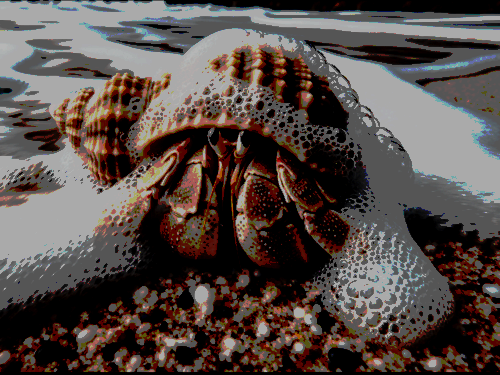
OpenAI also revealed that it is working on a tool that can identify if an image was generated by Dall-E 3, though the company has struggled with AI identification tools in the past.
OpenAI’s latest text-to-image generator Dall-E 3 is now available for paid subscribers of ChatGPT, combining two of the company’s most popular products.
The image creator is available for ChatGPT Plus and Enterprise users, giving them the ability to get detailed images by simply writing a description of what they want.
The AI company unveiled Dall-E 3 last month and claims this model is able to understand “significantly more nuance and detail” than its previous systems. The image generator was made available to all Bing Chat users earlier this month, as part of Microsoft’s ongoing partnership with OpenAI.
In a new blogpost, OpenAI claims Dall-E 3 generates images that are more “visually striking” and have better detail. The company also claims this model can reliably render details such as hands and faces – features that many of these models appear to struggle with.
“These capabilities were achieved by training a state-of-the art image captioner to generate better textual descriptions for the images that we trained our models on,” OpenAI said in a blogpost. “Dall-E 3 was then trained on these improved captions, resulting in a model which heeds much more attention to the user-supplied captions.”
OpenAI also claims to be taking certain safety measures, such as limiting the chances that Dall-E 3 will generate potentially harmful imagery or content that mimics the work of real artists.
“User feedback will help make sure we continue to improve,” OpenAI said. “ChatGPT users can share feedback with our research team by using the flag icon to inform us of unsafe outputs or outputs that don’t accurately reflect the prompt you gave to ChatGPT.”
An AI image identifier
As part of its safety measures, OpenAI is also working on an “internal tool” to identify whether or not an image was generated by Dall-E 3. The company claims this tool is more than 99pc accurate, based on early internal evaluations.
If the image was modified in any way – such as cropped or resized – OpenAI claims the tool is still more than 95pc effective at identifying if the image was made by Dall-E 3.
“Despite these strong results on internal testing, the classifier can only tell us that an image was likely generated by Dall-E and does not yet enable us to make definitive conclusions,” OpenAI said. “This provenance classifier may become part of a range of techniques to help people understand if audio or visual content is AI-generated.”
Earlier this year, OpenAI said it was developing a tool that could tell if written content was generated by a human or by AI. But the company removed access to this AI classifier in July due to its “low rate of accuracy”.
10 things you need to know direct to your inbox every weekday. Sign up for the Daily Brief, Silicon Republic’s digest of essential sci-tech news.

